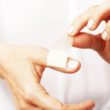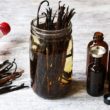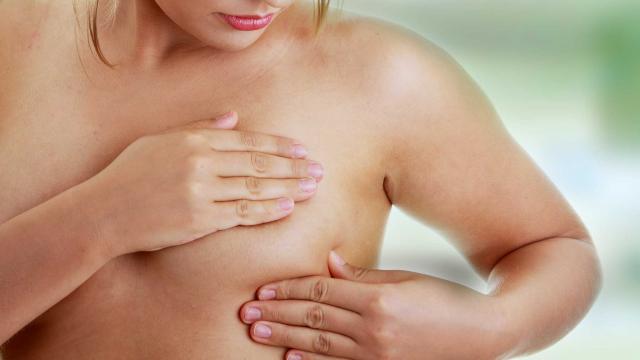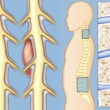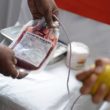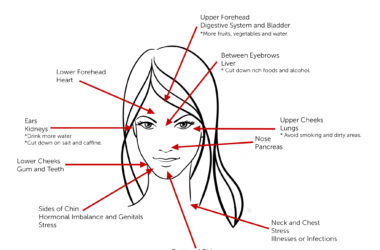Go ahead and breathe a sigh of relief after your doctor has confirmed that the lumps you feel in your breasts are cysts and not tumors. That’s because those fluid-filled growths are generally harmless. In fact, they require no treatment at all, although you may encounter them from time to time, depending on your menstruation cycle or hormone levels.
Are you still bothered by the presence of those benign breast cysts? If so, you may fight them off simply by embracing a kind of diet that’s said to help in keeping those growths at bay. The following are some of the foods that you should incorporate in your everyday diet to ensure that your breasts are free of cysts:
Cruciferous Vegetables
Thanks to the sulfur content of cruciferous vegetables, their consumption is a great way to neutralize toxins in the body and zap those harmless cysts in your breasts. Many women say that the consumption of the likes of cabbage, broccoli, kale, cauliflower, mustard and collard greens also helps in reducing pain and tenderness associated with the presence of cysts.
Foods Loaded with Vitamin A
According to certain studies, supplementing with vitamin A is a great way to steer clear of breast cysts. Worried that you may get more vitamin A than needed via supplements? Simply make sure that your diet consists of foods that are naturally rich in the said nutrient. Some wonderful examples are sweet potatoes, dark green leafy veggies like kale and spinach, squash, apricots, cantaloupes, red bell peppers, and of course carrots.
Vitamin E-Rich Foods
Another nutrient that is said to be superb at keeping those cysts away is vitamin E, something which protects the skin from aging as well as suppresses inflammation. Some foods that are packed with the nutrient are tofu, spinach, seeds, nuts, avocados, fish, shellfish, squash and pumpkin.
Foods that are Low in Sodium
Too much sodium or salt in the diet can lead to water retention, something which can aggravate the situation if you have or are prone to breast cysts. That’s why it is a good idea to make sure that you are consuming less than 1,500 milligrams of sodium per day, says the American Heart Association. Stick to a lot of fruits and vegetables as they are naturally low in the salty mineral. Always read the label of foods and beverages to make sure you are not getting lots of sodium.
High Fiber Foods
Experts say that excess estrogen, a female hormone blamed for the development of breast cysts, gets removed via the bowels. Studies have even shown that women who had 3 or less bowel movements per week were more at risk of developing breast cysts than women who moved their bowels more often. That is why having a daily diet that is rich in fiber can help the levels of estrogen in check. Luckily, there are plenty of foods that are packed with fiber. Some of them include split peas, lentils, lima beans, artichokes, broccoli, Brussels sprouts, berries, pears, bran, oatmeal, brown rice and seed such as flax and chia seeds.
Foods Low in Saturated Fats
The consumption of excessive saturated fats is bad for the overall health. Saturated fats can promote the development of breast cysts as they cause the production of more estrogen. Consider avoiding or limiting your intake of red meat and cured meat products. Focus more on chicken and turkey breast without the skin, as well as fish that’s rich in omega-3 fatty acids which prevent inflammation. Have plenty of fruits and vegetables as they do not contain saturated fats.
Water and Juices
It’s important to avoid beverages such as colas, coffees, beer and even wine. That’s because all of them are said to help increase the formation of breast cysts and aggravate the accompanying symptoms. Sticking to water is a great way to hydrate your self and flush toxins out of the body. Fruit and vegetable juices that you make at home supply your body with vitamins, minerals, fiber and antioxidants.





